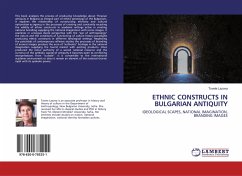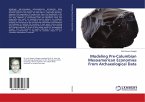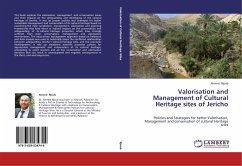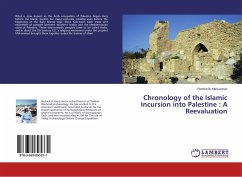More than hundred and quarter years of Gilgit-Baltistan archaeological research ignored the systematic exploration in District Ghizer. Therefore, only the fragmentary information in parts was available. This research is an attempt to understand the archaeology of District Ghizer, based on the data gathered through investigations in the research area, particularly in Tehsil Punyal. As an outcome, the establishment of an archaeological inventory becomes possible. As a result of this endeavour thirty new sites and monuments are added to the archaeological gazetteer of Ghizer, which increases the number of sites to more than fifty in the updated list archaeological sites. Moreover, an indepth and analytical study, based on synchronic and diachronic analysis, in relation to similar archaeological discoveries in the surrounding world, has helped in understanding the cultural profile of the area, on preliminary grounds. More than this, the focus of our learning is on the unique graves, known locally as bumbati or gumbati (mausoleums), dated to the formative phases of Islamic culture.








